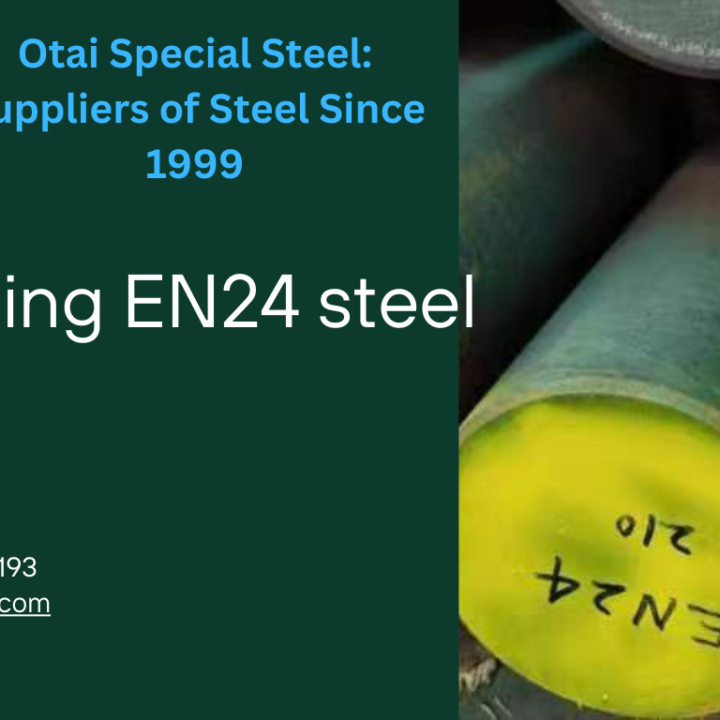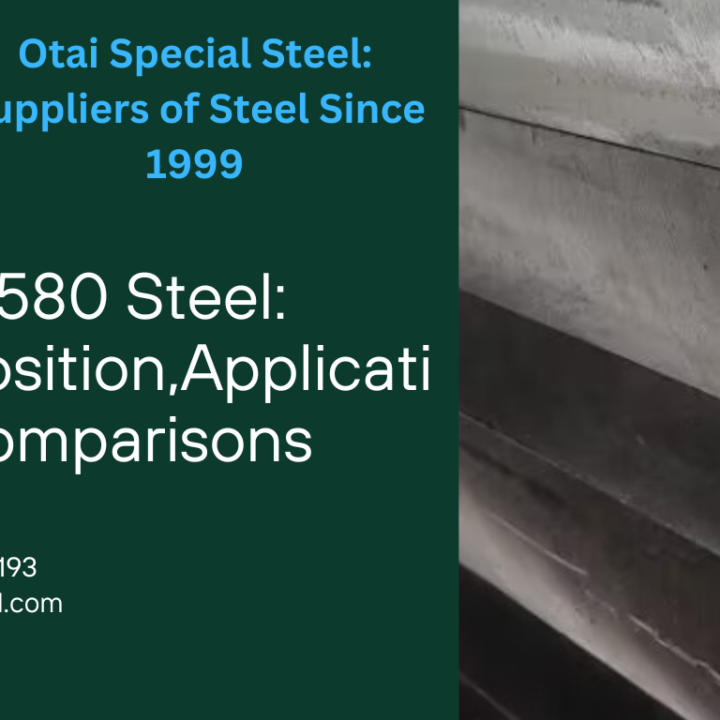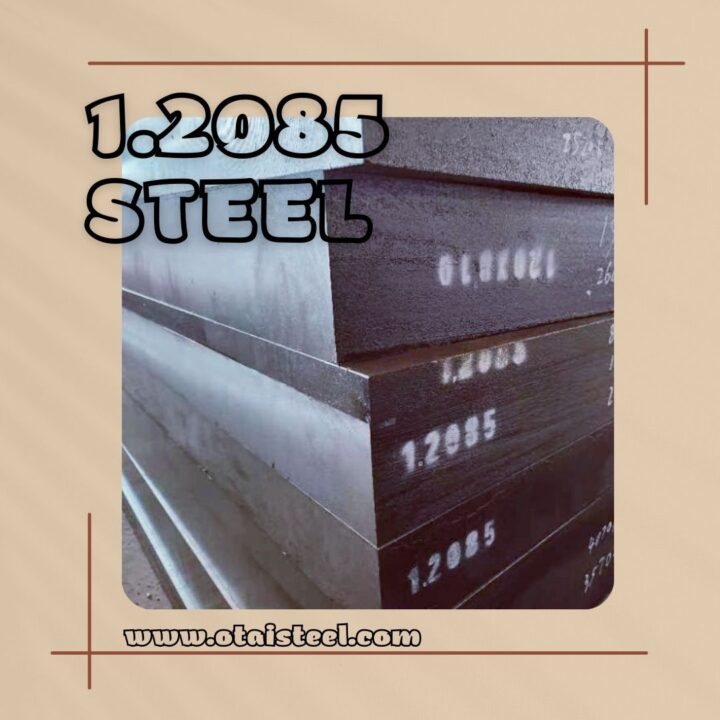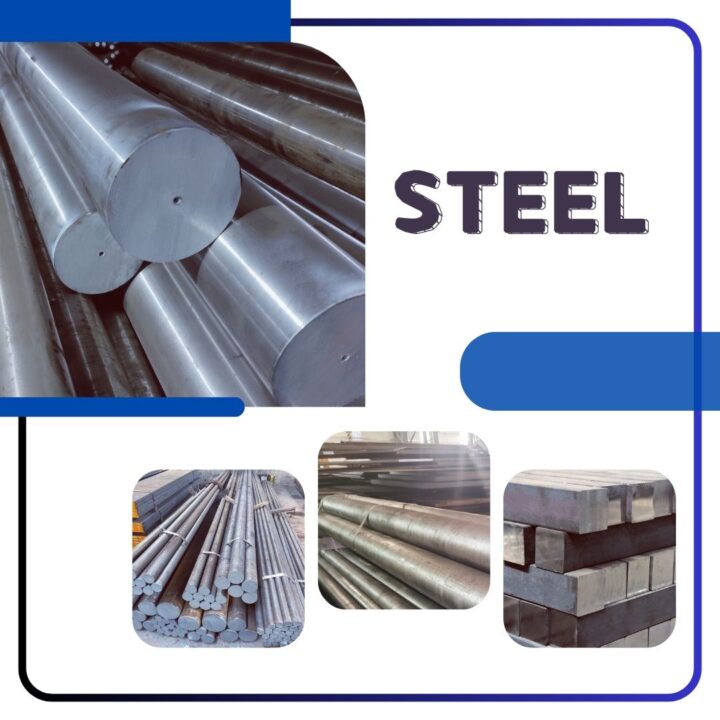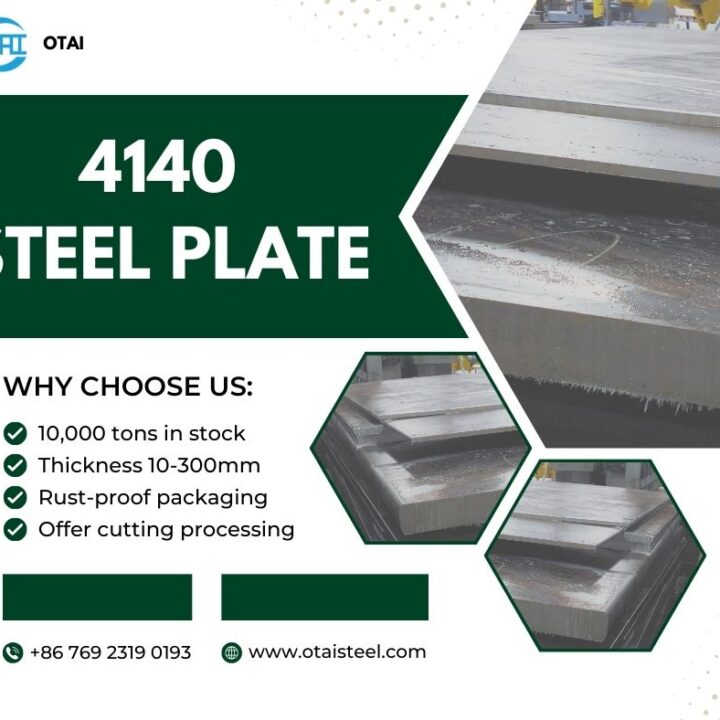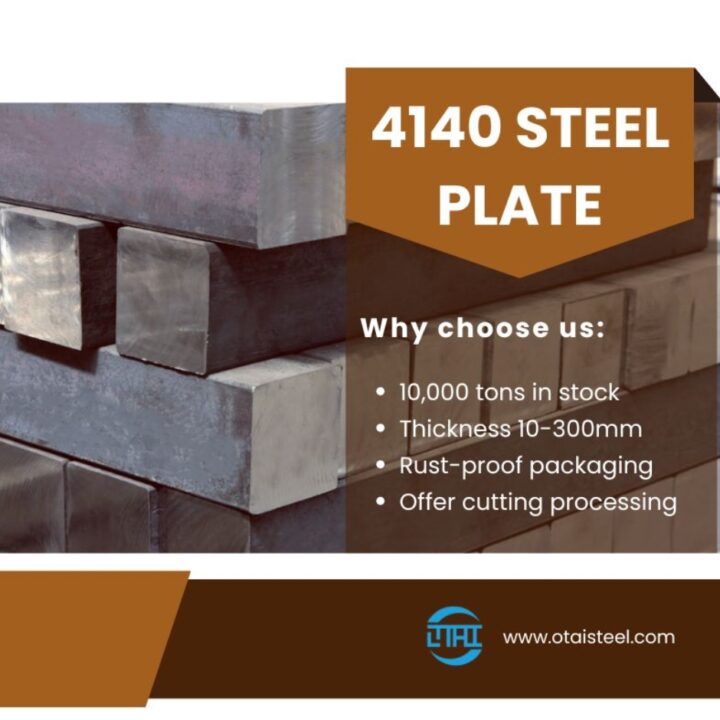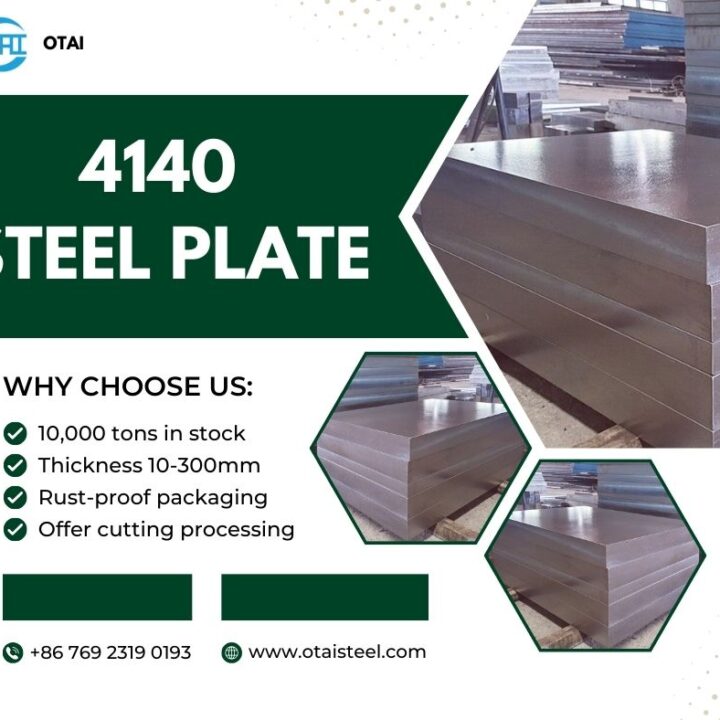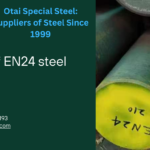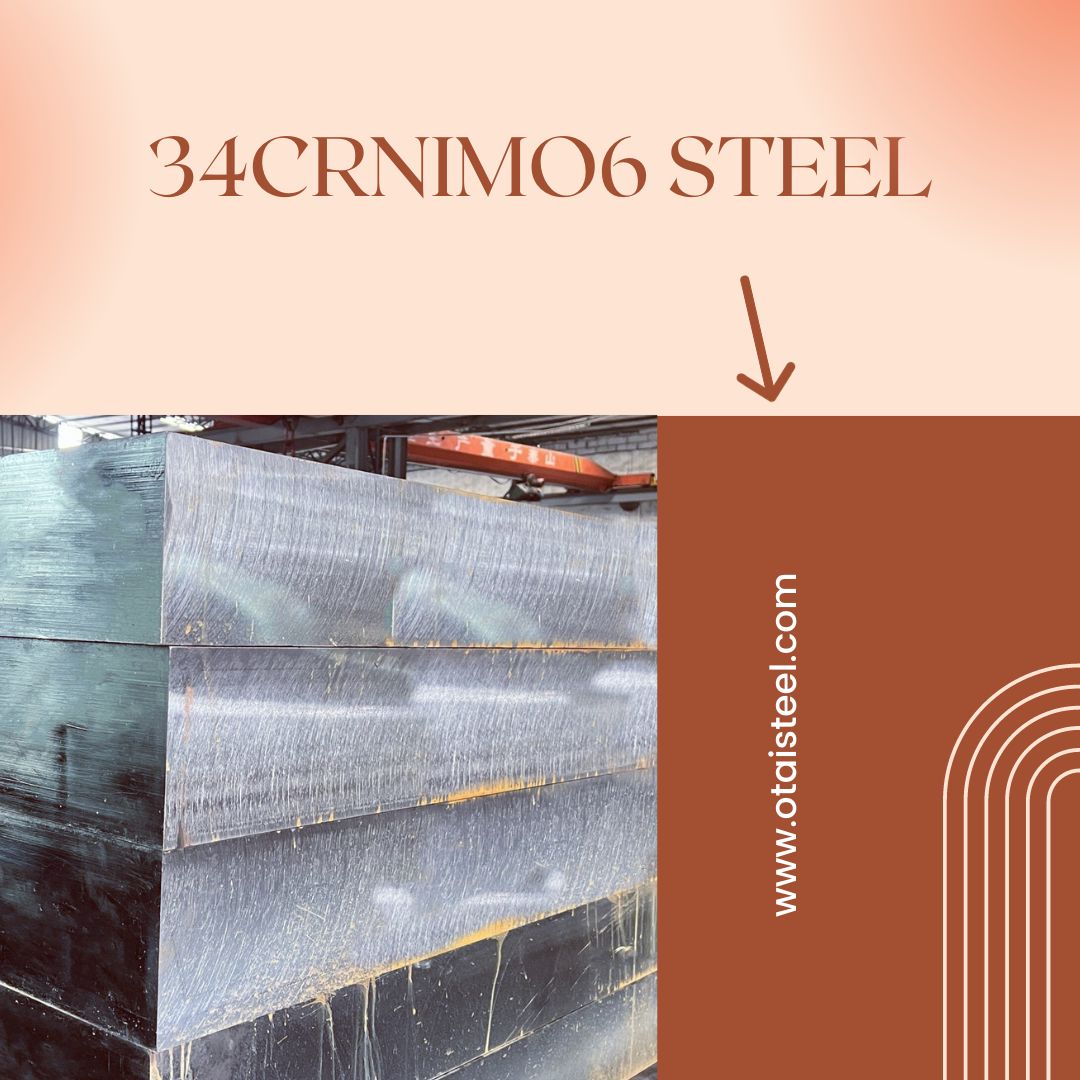 In the realm of automotive engineering, the use of 34CrNiMo6 steel has proven to be a reliable and versatile choice. Providing a combination of strength, durability, and machinability. Let’s delve into the characteristics of this steel and its applications in the automotive industry.
In the realm of automotive engineering, the use of 34CrNiMo6 steel has proven to be a reliable and versatile choice. Providing a combination of strength, durability, and machinability. Let’s delve into the characteristics of this steel and its applications in the automotive industry.
Material Characteristics:
- High Strength:
- 34CrNiMo6 boasts a high tensile strength, making it an excellent candidate for components subjected to heavy loads and stress in automotive applications.
- Toughness and Impact Resistance:
- The toughness of 34CrNiMo6 is crucial for automotive parts that may experience sudden impacts. Ensuring durability and safety under various driving conditions.
- Machinability:
- This steel is known for its machinability, allowing for precision manufacturing of complex automotive components It is essential for maintaining quality standards in mass production.
Applications in Automotive Engineering:
- Gear and Transmission Components:
- 34CrNiMo6 is frequently used in the production of gears, shafts, and other transmission components. Its wear resistance and high strength contribute to the efficiency and longevity of automotive drivetrains.
- Suspension Systems:
- Automotive suspension systems require materials that can withstand constant stress and dynamic loads. 34CrNiMo6’s combination of strength and toughness makes it suitable for components like axles and suspension links.
- Crankshafts and Camshafts:
- In the engine, where precision and durability are critical, 34CrNiMo6 is employed for manufacturing crankshafts and camshafts. Ensuring reliable performance and longevity.
- High-Performance Vehicles:
- The steel’s ability to handle extreme conditions makes it a preferred choice for high-performance and sports vehicles. The demand for strength and reliability is heightened.
Evolution in Automotive Applications:
- Advanced Manufacturing Techniques:
- Continued advancements in manufacturing techniques, such as precision forging and heat treatment processes, contribute to the optimization of 34CrNiMo6 for specific automotive applications.
- Lightweighting Initiatives:
- As the automotive industry pursues lightweighting for improved fuel efficiency, 34CrNiMo6 remains relevant due to its high strength, allowing for the design of lighter yet robust components.
- Integration of Electric Vehicles (EVs):
- In the evolving landscape of electric vehicles, 34CrNiMo6 may find applications in critical components of electric drivetrains, benefiting from its strength and durability.
Challenges and Future Trends:
- Sustainability Considerations:
- The automotive industry is increasingly focused on sustainability. Research into eco-friendly production methods or alternative materials may influence the future use of 34CrNiMo6 in automotive engineering.
- Innovations in Alloy Development:
- Ongoing research aims to develop new alloys with enhanced properties. The evolution of alloy formulations may introduce materials that surpass or complement the capabilities of 34CrNiMo6.
In the dynamic world of automotive engineering, 34CrNiMo6 steel stands out as a reliable choice, meeting the demanding requirements of strength, durability, and precision. Its continued use in critical automotive components underscores its significance in ensuring the safety and performance of vehicles on the road. As automotive technologies evolve, 34CrNiMo6 is likely to remain a staple material, adapting to new challenges and contributing to the advancement of the automotive industry.
